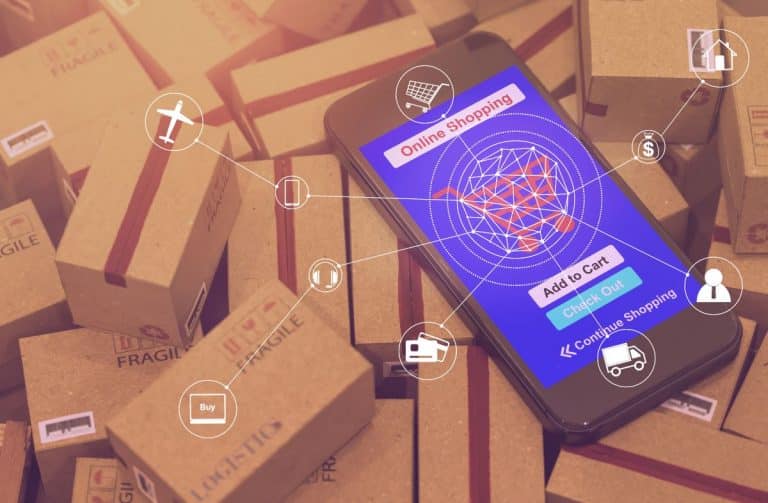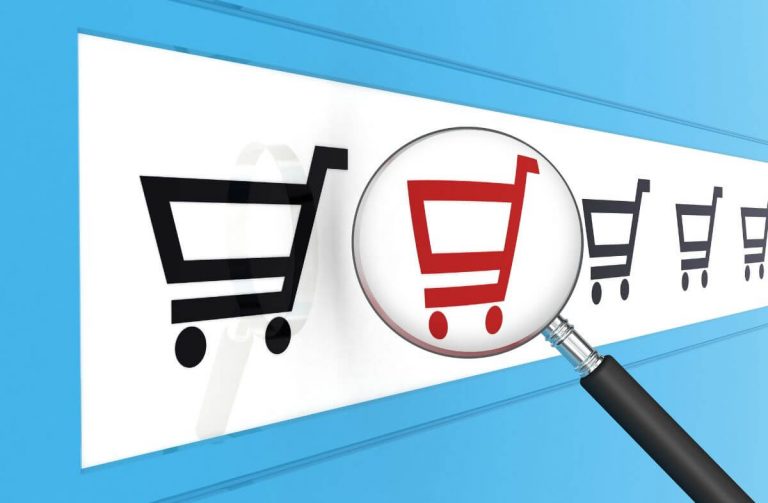Millennials are a key demographic for eCommerce businesses, with their purchasing power increasing as they become the largest generation in the workforce. This tech-savvy generation values convenience, personalization, and social responsibility in their shopping experiences.
To effectively reach and engage with millennial consumers, eCommerce businesses need to adopt innovative marketing strategies that align with their preferences and behaviors. In this blog, we will explore the top millennial eCommerce marketing strategies that businesses can use to attract and retain this important demographic, from leveraging social media influencers to incorporating sustainability and social responsibility into their brand messaging.
The Power of Video Content in Millennial eCommerce Marketing
As the largest demographic group in the workforce, millennials are a key target audience for eCommerce businesses. However, this tech-savvy generation is also notoriously difficult to engage and retain. With their short attention spans and preference for visual content, video has become an essential tool for eCommerce businesses looking to reach and engage with millennials. Now, let’s explore the power of video content in millennial eCommerce marketing, and provide tips for creating engaging video content that resonates with this important demographic.
Why Video is Important for Millennial eCommerce Marketing
Video is a highly effective tool for reaching and engaging with millennials, who are more likely to watch videos on their mobile devices than any other generation. Video content is more engaging than static images or text, allowing eCommerce businesses to showcase their products and services in a dynamic, interactive way. Videos are also more likely to be shared on social media, increasing their reach and potential to go viral.
In addition to its engagement benefits, video can also help eCommerce businesses build trust and credibility with millennial consumers. According to a study by Animoto, 80% of millennials consider video content when making a purchasing decision, and 68% are more likely to buy a product after watching a video about it.
Tips for Creating Engaging Video Content
To create effective video content for millennial eCommerce marketing, businesses should consider the following tips:
- Keep it short and sweet: Millennials have short attention spans and are more likely to watch shorter videos. Keep your videos under 2 minutes in length to maximize engagement.
- Showcase your products: Videos allow you to showcase your products in action, highlighting their features and benefits in a way that static images or text cannot.
- Make it visually appealing: Use high-quality visuals, animations, and graphics to make your videos visually appealing and engaging.
- Tell a story: Use storytelling techniques to make your videos more memorable and emotionally resonant with your audience.
- Optimize for mobile: Millennials are more likely to watch videos on their mobile devices than any other generation, so make sure your videos are optimized for mobile viewing.
- Include a call to action: Encourage viewers to take action by including a call to action at the end of your video, such as visiting your website or making a purchase.
Personalizing the Customer Experience: How to Use Data to Target Millennials
The millennial generation, those born between 1981 and 1996, is the largest demographic in the U.S. and has a significant purchasing power. As digital natives, millennials expect a personalized shopping experience that caters to their interests and preferences. To attract and retain this valuable customer segment, eCommerce businesses must leverage data to create a personalized customer experience.
Here are some tips for using data to target millennials and boost engagement with your eCommerce brand:
Collect and Analyze Data on Customer Behavior
The first step in personalizing the customer experience is to gather and analyze data on your millennial customers’ behavior. This includes their purchase history, browsing behavior, search queries, and social media activity. By tracking this data, you can identify patterns and insights that can help you create more targeted marketing campaigns and product recommendations.
Some effective data collection tools for eCommerce businesses include Google Analytics, heat mapping software, and customer surveys. These tools can help you gather data on your millennial customers’ behavior and preferences, as well as their demographic information and psychographic profiles.
Segment Your Audience
Once you have collected data on your millennial customers, you can segment your audience into smaller groups based on shared characteristics, interests, and behaviors. This allows you to create more targeted marketing campaigns that are tailored to each group’s unique needs and preferences.
For example, you might segment your millennial audience based on their location, age, gender, income level, or purchase history. You could also create segments based on their interests, such as fashion, beauty, or tech.
Use Personalization Techniques to Create Customized Experiences
Once you have segmented your audience, you can use personalization techniques to create customized experiences for each group. This might include personalized product recommendations, tailored promotions, and customized messaging.
One effective way to personalize the customer experience is through email marketing. By using data on your millennial customers’ behavior and preferences, you can create targeted email campaigns that offer personalized product recommendations and promotions.
Another way to personalize the customer experience is through your eCommerce website. By using data on your millennial customers’ behavior and preferences, you can create customized landing pages, product recommendations, and shopping experiences that cater to their unique interests and needs.
Leverage Social Media
Social media is a powerful tool for targeting millennials and creating a personalized customer experience. By monitoring your millennial customers’ social media activity, you can gain insights into their interests, preferences, and behavior.
You can also use social media to engage with your millennial customers and create a sense of community around your eCommerce brand. This might include creating social media campaigns that encourage user-generated content, or running social media contests that offer personalized prizes.
Monitor and Measure Your Results
Finally, it’s important to monitor and measure the results of your personalization efforts. By tracking key metrics such as engagement rates, conversion rates, and revenue, you can determine the effectiveness of your marketing campaigns and make adjustments as needed.
Some effective tools for measuring the success of your personalization efforts include Google Analytics, social media analytics tools, and A/B testing software.
The Importance of Sustainability in Millennial eCommerce Marketing
Millennials, the largest generation in the world, have been driving the shift towards sustainability in all aspects of life, including their shopping habits. This has led to a rise in demand for eco-friendly and sustainable products, and a push towards more sustainable business practices. As such, it is increasingly important for eCommerce businesses to embrace sustainability as part of their marketing strategy in order to attract and retain millennial customers.
- Connect with your audience– Millennials are very concerned about the environment, and they are looking for companies that share their values. By incorporating sustainability into your marketing strategy, you are showing your customers that you care about the environment, and that you are committed to making a positive impact. This can help you to connect with your audience on a deeper level, and build stronger, more meaningful relationships with them.
- Stand out from the competition– As more and more companies embrace sustainability, it is becoming a necessary aspect of doing business. However, not all companies are equal in their sustainability efforts. By going above and beyond in your sustainability efforts, you can stand out from the competition and position your brand as a leader in the industry.
- Appeal to the conscious consumer– Millennials are often referred to as the conscious consumer generation. They are willing to pay more for products that are sustainably sourced, produced, and packaged. By integrating sustainability into your eCommerce business, you can appeal to this conscious consumer, and position your products as a more ethical and responsible choice.
- Reduce costs– Sustainability can actually help your bottom line. By reducing waste, energy use, and packaging materials, you can save money on production costs. In addition, sustainability efforts can often lead to increased efficiency and streamlined processes, which can also reduce costs.
- Make a positive impact– Ultimately, the most important reason to embrace sustainability in your eCommerce marketing is to make a positive impact on the environment and the world. By reducing your carbon footprint, sourcing materials responsibly, and using sustainable practices, you are contributing to a more sustainable future for all.
Now that we’ve established the importance of sustainability in millennial eCommerce marketing, let’s explore some ways you can integrate sustainability into your business.
- Choose eco-friendly materials– From packaging materials to product materials, choose eco-friendly options whenever possible. This could include recycled or biodegradable materials, or sustainably sourced materials like bamboo or organic cotton.
- Reduce waste– Reduce waste wherever possible by using minimal packaging, encouraging customers to recycle, and finding ways to repurpose or donate excess materials.
- Use sustainable production methods– Choose production methods that are energy-efficient, and minimize waste and pollution. Consider investing in renewable energy sources like solar or wind power.
- Partner with sustainable organizations– Partner with organizations that align with your sustainability values, and work together to make a positive impact on the environment. This could include environmental groups, fair trade organizations, or sustainable product certifications.
- Communicate your sustainability efforts– Make sure your customers are aware of your sustainability efforts by communicating them through your website, social media channels, and marketing materials. This will help to build trust and loyalty with your millennial audience.
How Can Cluster Help?
Cluster is on a mission to help businesses operating in the eCommerce space take advantage of digital point-of-sale and normalized catalog data for success. Schedule a demo today.




